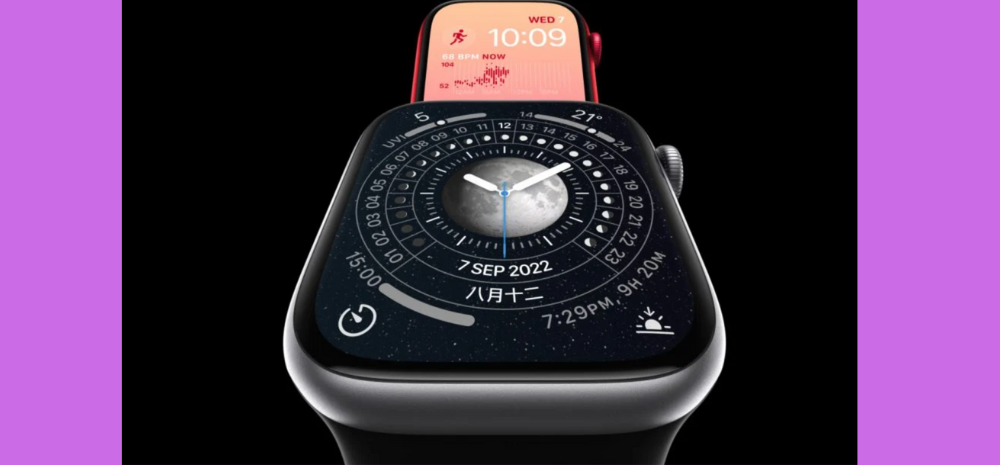Apple is reportedly actively addressing a perplexing and substantial battery problem that has emerged in the latest version of its Watch operating system, according to a recent report.

A growing number of users have voiced concerns about their Watches depleting their charge at an alarmingly fast rate on various forums, including Apple’s own support pages.
Apple Watch Battery Issues
Even the Apple Watch Ultra, lauded for its extended battery life of up to 36 hours, is now seeing its charge dissipate entirely within three hours for some users.
The root cause of this issue appears to be tied to the most recent software update, known as WatchOS 10.1, which was released in late October, bringing with it various changes and a headline feature for the new Apple Watch.
While Apple has not made any official announcements about their efforts to rectify this problem or provided a timeline for the anticipated fix, an internal memo obtained by Macrumors reveals that the company is actively working on a solution.
They are striving to resolve this issue that has been vexing many users.
Apple’s Initial Attempts To Address The Issue
Apple has already made some initial attempts to address the issue, with the recent release of iOS 17.1 for the iPhone.
In this update, Apple claimed to have mitigated “increased power consumption” when the two devices, the iPhone and the Apple Watch, are connected. However, it appears that this did not entirely resolve the battery drain issue.
As of now, Apple is in the process of testing WatchOS 10.2, though its release to the public may still be months away. Nonetheless, Apple often releases smaller updates to address bugs and problems such as the enigmatic battery drain that users are experiencing.
Furthermore, the issue may not be solely attributable to the operating system; certain apps may be contributing to the problem. Some users have reported that uninstalling the “MobyFace” app, which enables customized watch faces, helped alleviate the battery drain. Past experiences have shown that specific apps can cause conflicts with Apple devices’ operating systems, resulting in issues. For instance, when widespread reports surfaced about the new iPhone 15 models overheating more than expected, Apple suggested that Instagram might be a contributing factor, and they were able to resolve some of those issues through a software update.














